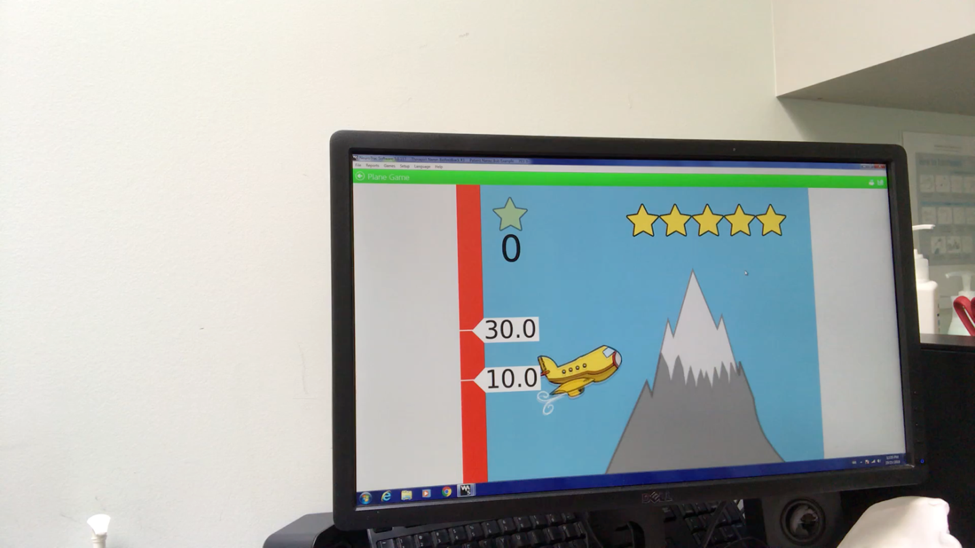Paediatric pelvic physiotherapy – What to expect on the first assessment
The initial meeting with you and your child during a pelvic floor physiotherapy assessment can, at first, be intimidating and maybe even feel a bit scary for your child. At Proactive Pelvic Health Centre it is of utmost importance that your child feels safe and respected throughout their entire experience. When you and your child arrive for a pelvic physiotherapy assessment, you will be greeted by a pelvic physiotherapist and brought to a private treatment room. The initial part of the assessment focuses on getting to know your child better and to understand their story with respect to their specific symptoms, developmental milestones, school and home life, hobbies and activities of interest. We try to encourage your child’s involvement in this part of the assessment as much as they are comfortable.
Following this, your physiotherapist will often ask more specific questions related to your child’s bladder, bowel, dietary/hydration habits and behaviours.
During the session, you and your child will be provided with education on how the bladder and bowel system works and communicates with the pelvic floor muscles. We will talk about how this system can be disrupted, and most importantly, how pelvic floor physiotherapy treatment aims to get the digestive and urinary system functioning optimally again.
The physical assessment portion involves assessing your child’s movement patterns, such as typical standing and sitting postures, and balance strategies. Your child’s range of motion and strength throughout the spine, pelvis, and extremities will be assessed. It is important to note that internal palpation (vaginal and/or rectal digital palpation of the pelvic floor muscles) is not typically performed for children.
The muscles of the pelvic floor may be assessed visually. This is when your physiotherapist may observe the superficial layer of the pelvic floor muscles by cueing your child to squeeze, relax, cough or bear down. This helps assess your child’s baseline coordination and ability to connect to their pelvic floor muscles.
It is within the first or second session that your child will be introduced to biofeedback or EMG (electromyographic biofeedback). This involves the use of a computer program that is able to measure and visually display the electrical conductivity/activity of the muscles of the pelvic floor. Surface electrodes are attached to the outside surface of the buttocks and connected to a hand held device that then transmits the activity of the pelvic floor to a computer monitor.
The EMG handheld device looks like this:
It is common practice that a trial session occurs where these surface electrodes are initially attached to your child’s arm to teach your child how the program works and provide them with the confidence they may need before working with the pelvic floor muscles directly.
Here is a picture of the biofeedback displayed to your child on a computer monitor:
We also use computer games to encourage interest and compliance with pelvic floor muscle training exercises. An example of a game is shown below:
A bladder and/or bowel diary is an integral component to your child’s rehabilitation and the diary will be explained and provided to you and your child to complete prior to their next session. An example of a bladder diary is shown below:
A bladder diary is extremely helpful in order to better understand your child’s symptoms and determine any changes or modifications in fluid, dietary, and toileting routine that will help improve your child’s bladder and bowel control.
At the end of the initial assessment, it is our goal that you and your child will better understand how the pelvic floor muscles work with respect to bowel and bladder function. Our pelvic physiotherapists aim for your child to feel more comfortable and even excited about working with biofeedback and EMG computer training. Above all, we hope to have established a positive, collaborative and trusting relationship with you and your child to optimize the success of their pelvic physiotherapy rehabilitation.





